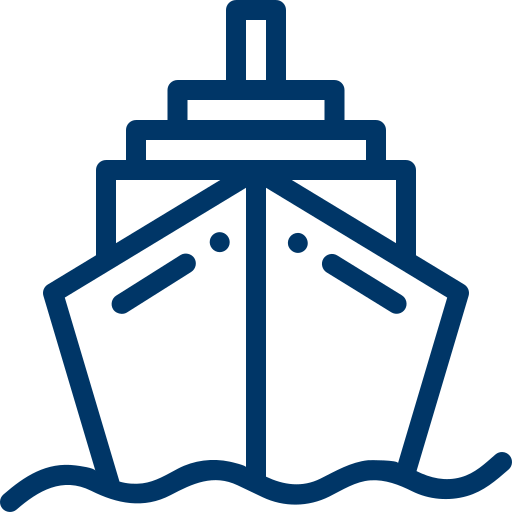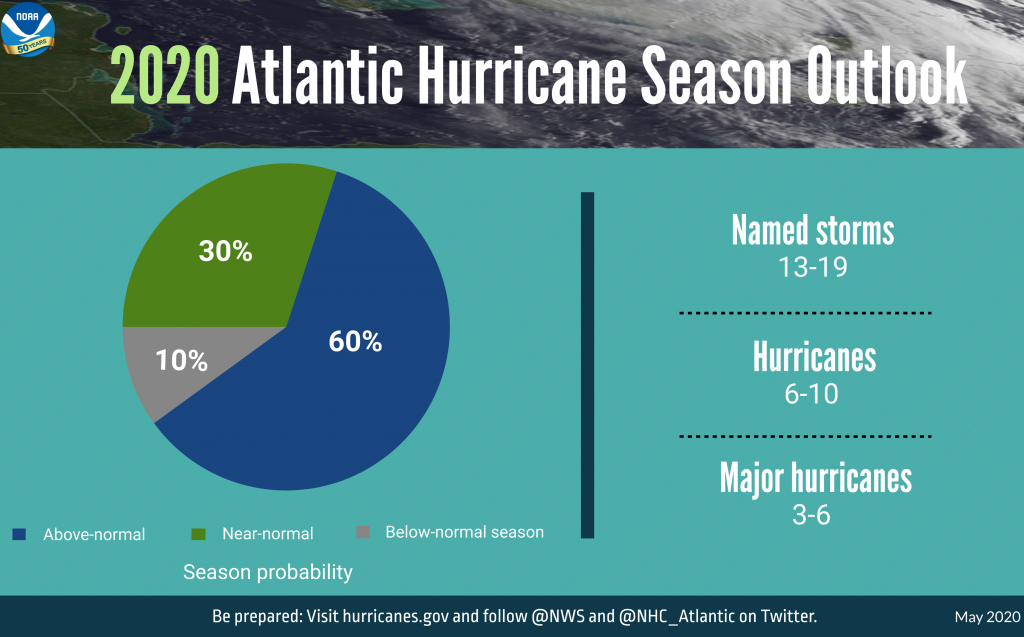This is the 37th year that CSU has issued a forecast for the Atlantic hurricane season and so they have a significant data pool to work from when forming their projections. In their study the research team identified some past years with similar characteristics, the most recent of which was 2008. That year saw 16 named storms and eight hurricanes, the same number forecast for this year, including Hurricane Hanna which swept across the Caribbean, the US. eastern seaboard, and up to Canada’s east coast. In total the 2008 hurricane season caused approximately $50 BN in damages and over 1000 fatalities, today ranking as the 6th costliest hurricane season on record.
One notable takeaway from these projections is the increase in major hurricanes above the average. The final forecast from CSU for the number of hurricanes anticipated this season is 25% greater than the average while the final forecast for Major Hurricanes represents a 48% increase over the average. The research team’s forecast ultimately implies that approximately half of the hurricanes this season will be category 3 or greater.
Several studies, including one from the NOAA have concluded that as sea surface temperatures rise due to global heating, the severity of hurricanes will increase. Interestingly, so far research has also suggested that the total number of tropical cyclones in a given year is relatively constant, ranging between 65 – 90 annually. This seems to be corroborated by the 2020 hurricane season outlook which projects that the increase in major hurricanes above average is almost twice as great as the increase the total number of storms. While it is impossible to draw a conclusion based on a single year’s projections it is important to note how these annual forecasts fit into weather forecaster’s long term predictions.
What does this mean for shippers? In the long term, while this year maybe an anomaly, owners and operators should expect years like this to increase in frequency. To prepare for this eventuality, shippers should focus on developing strategies to improve their capacity to cope with bad seasons. Risk assessments are an excellent tool for identifying areas of weakness and shippers should prioritize their preparations to avoid being caught unprepared.
In the short term, this year’s above-average activity carries the potential for huge disruptions which owners and operators will be all too familiar with. To navigate the 2020 season safely and with the least impact from delays, owners and operators will need to pay close attention and actively adjust routes as storms begin to develop. This can be difficult for some shippers as they may not have the resources available to devote to round-the-clock monitoring of storm systems. Weather routing agencies like TNM can provide 24/hr monitoring and forecasting and so are a good option for owner/operators who need to quickly expand their capacity to respond to storms.
The 2020 storm season officially starts on June 01st (although we have already seen this year’s first named storm ‘Arthur’ which arrived in early May) . The team from CSU will be releasing an updated forecast on June 04th.
To learn more about how weather routing can help mitigate costly delays due to storms send us an email. In the meantime check out our article about green R&D in the shipping sector.





